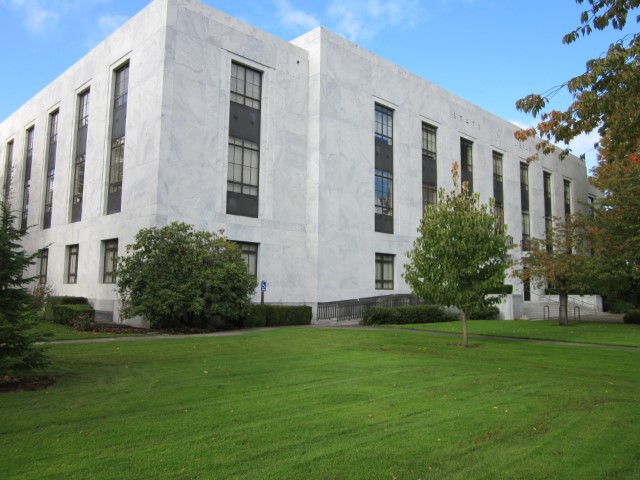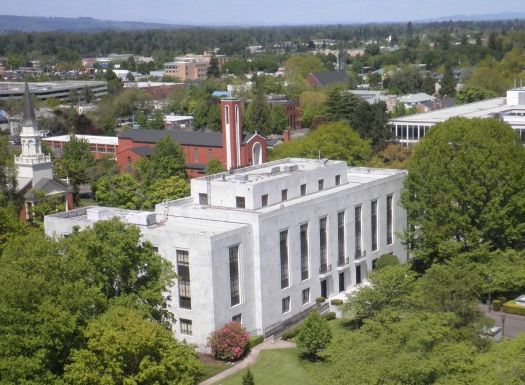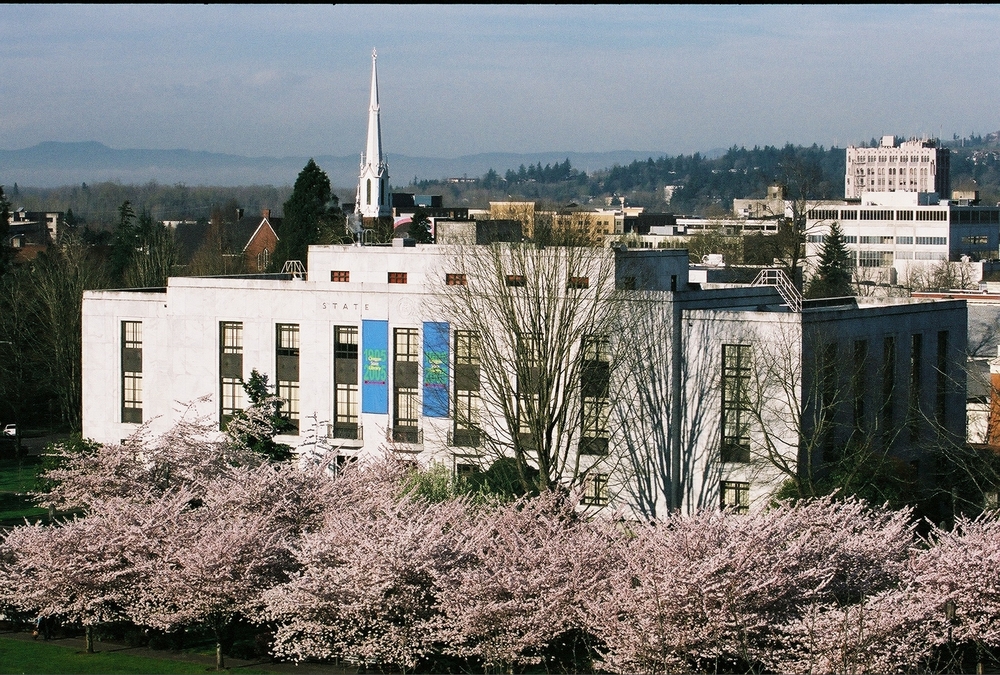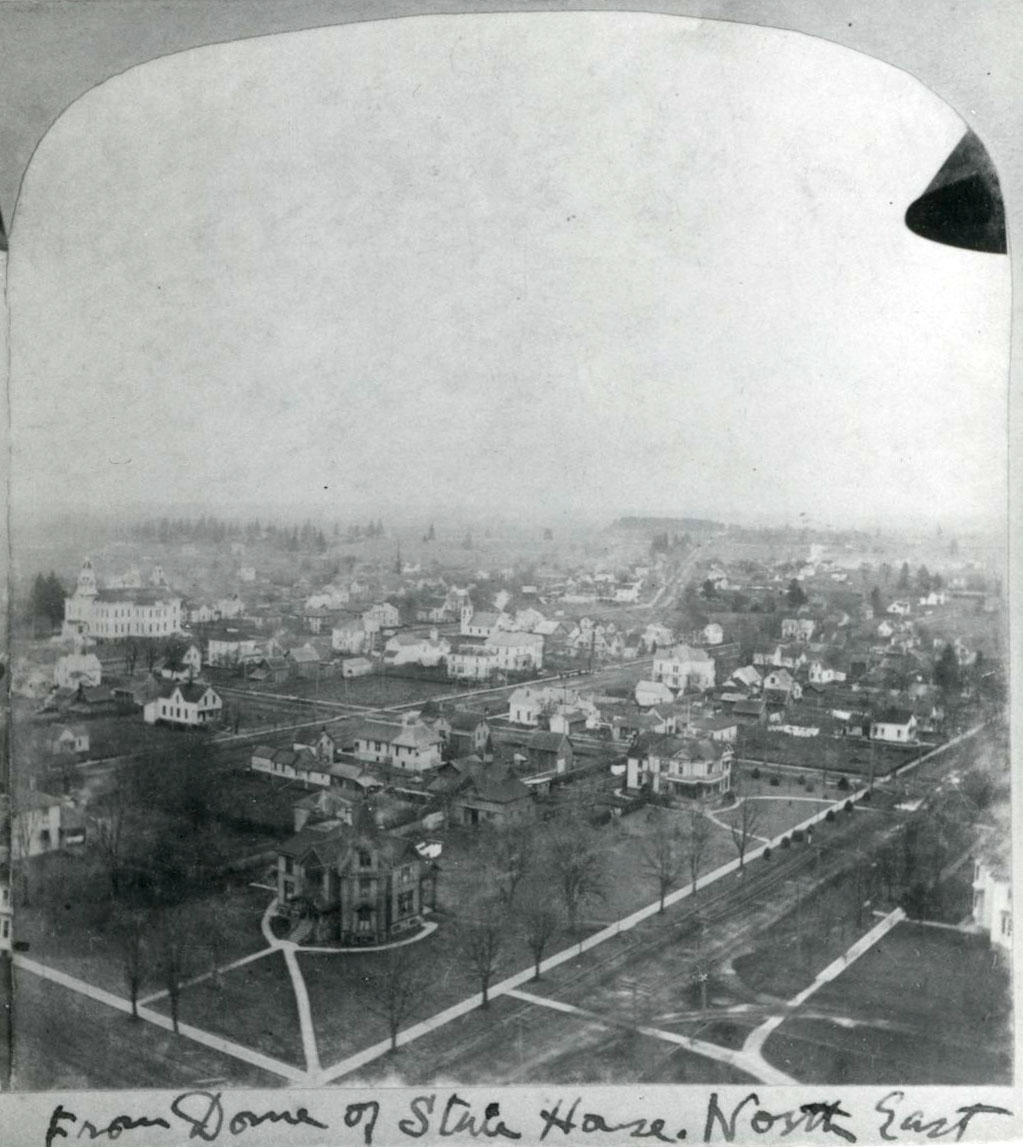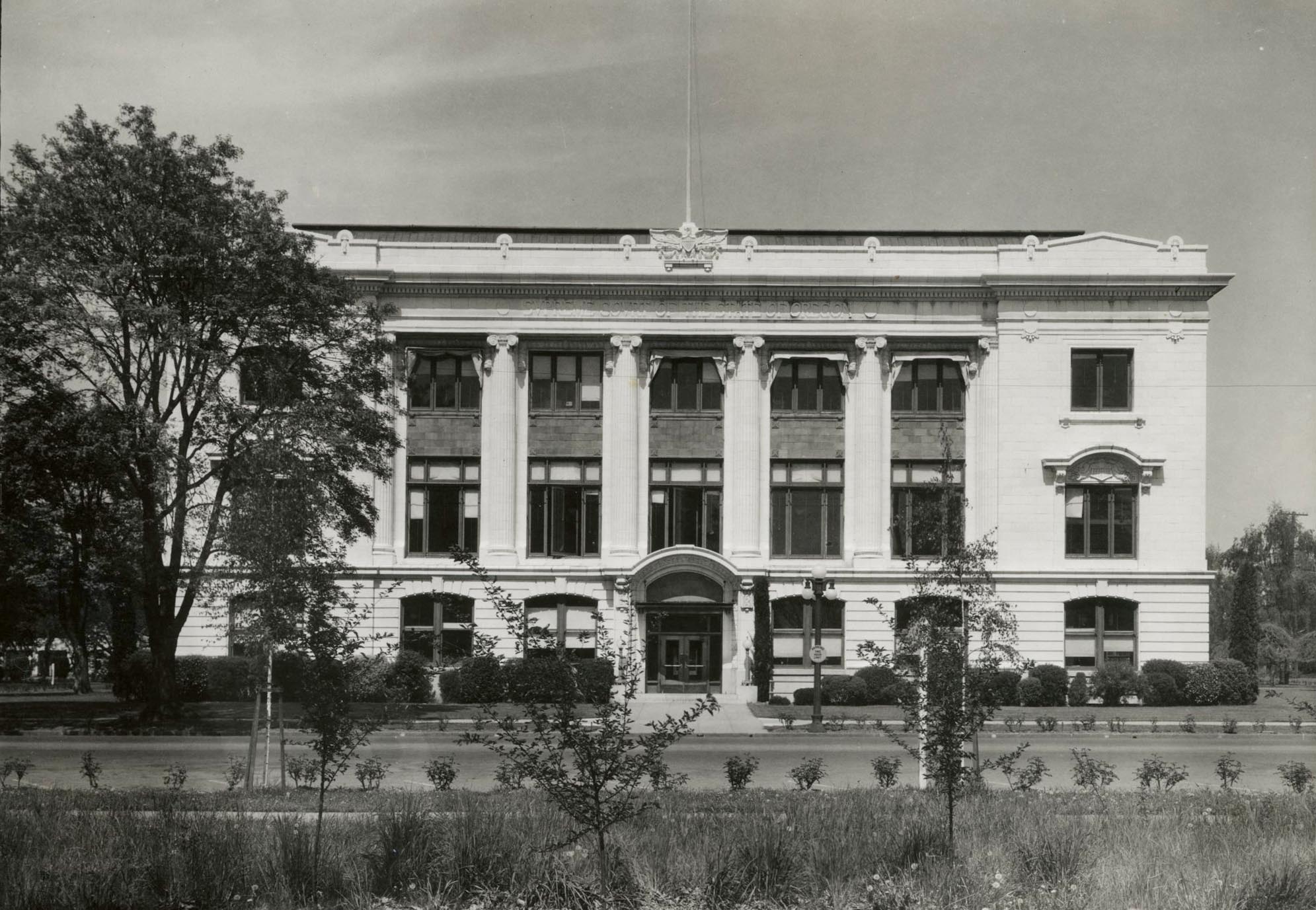Since 1905, the State Library of Oregon in Salem has worked to develop library services for all Oregonians. The library also serves as the library for state government, maintaining a comprehensive collection of state publications dating to the nineteenth century, including documentation of the Oregon Territory.
As part of the executive branch of state government, the State Library is governed by a nine-person board, appointed by the governor. The state librarian serves as the chief executive and secretary to the board.
The State Library works with local public libraries, academic libraries, school libraries, and special libraries in nearly every Oregon community, providing grants and other forms of assistance to improve library services and to foster cooperation and sharing of library resources. In addition, the State Library operates the Talking Book and Braille Library, which serves as a public library to approximately five thousand blind and print-disabled Oregonians. This service sends recorded books, Braille books, captioned videos, and specialized players free of charge to eligible borrowers.
The State Library was established by the legislature in 1905 as the Oregon Library Commission. The bill that created the library was drafted by Mary Frances Isom, the first director of the Multnomah County Library, and was modeled on the statute that created the Wisconsin Free Library Commission. Isom served as a member of the first commission and recruited the first state librarian, Cornelia Marvin (who later married former governor Walter Pierce), to come to Oregon from the Wisconsin Free Library Commission. In 1913, the name of the Oregon Library Commission was changed to the Oregon State Library, and in 2017 the name was changed again to the State Library of Oregon.
The State Library shared quarters with the Oregon Supreme Court until 1939, when the present State Library Building was constructed as the first building on what is today the Capitol Mall. The State Library Building, located opposite the State Capitol on Court Street, shares many similarities with the State Capitol completed just a year earlier. It was extensively renovated in the 1990s.
Today, the State Library provides advanced information services to state agencies and the legislature. Since 2006, the library has collected state publications not only in printed form but in digital form as well. An innovative law passed by the legislature in 2005 now requires agencies to deposit a digital copy of all publications so that they can be preserved in the Oregon Documents Repository.
Another innovation of the Oregon State Library is the Ready-to-Read Grant program for public libraries, created by the legislature in 1993, which grants funds annually to all public libraries to help support their early literacy and summer reading services.
-
![]()
State Library of Oregon.
Courtesy State Library of Oregon -
![]()
View of State Library of Oregon from the State Capitol building.
Courtesy State Library of Oregon -
State Library of Oregon.
Courtesy of Jim Scheppke
-
State Library of Oregon.
Courtesy of Jim Scheppke
Related Entries
-
![City of Salem]()
City of Salem
Salem, the capital of Oregon, is located at a crossroads of trade and t…
-
![Cornelia Marvin Pierce (1873-1957)]()
Cornelia Marvin Pierce (1873-1957)
From her first arrival in Oregon in 1905 until her death in 1957, Corne…
-
![Mary Frances Isom (1865-1920)]()
Mary Frances Isom (1865-1920)
Mary Frances Isom, perhaps Oregon's most remarkable librarian, transfor…
-
![Oregon Territorial Library]()
Oregon Territorial Library
The Oregon Territorial Library was the first publicly funded library in…
Related Historical Records
Map This on the Oregon History WayFinder
The Oregon History Wayfinder is an interactive map that identifies significant places, people, and events in Oregon history.
Further Reading
Jim Scheppke. "Origins of the Oregon State Library." ,Oregon Historical Quarterly 107:1 (Spring 2006): 130-40.
Oregon State Library, http://oregon.gov/OSL/index.shtml.

